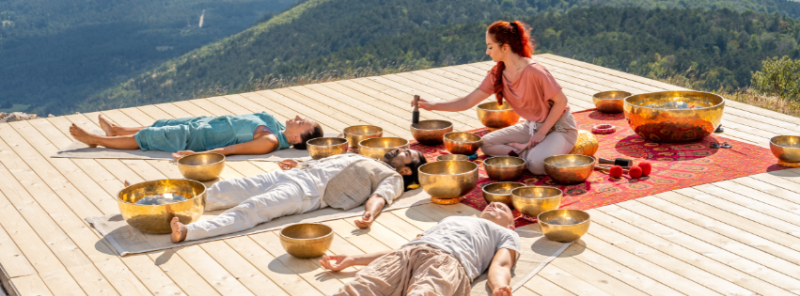Holistic therapy has gained traction as more people seek out integrated approaches to health and well-being. But despite its rising popularity, holistic therapy is still surrounded by myths and misconceptions that prevent many from exploring its benefits. Let’s set the record straight. Here are ten common myths about holistic therapy—debunked.
1. Myth: Holistic therapy is not scientific
Fact: Many holistic therapies are backed by peer-reviewed studies and research. Practices like mindfulness, acupuncture, massage therapy, and nutritional counselling are supported by evidence demonstrating their effectiveness in treating anxiety, chronic pain, and other conditions. Holistic doesn’t mean anti-science—it simply means addressing the whole person.
2. Myth: Holistic therapy is just about essential oils and crystals
Fact: While aromatherapy and energy healing may be components of some holistic practices, holistic therapy encompasses a much broader range of evidence-based approaches. These can include cognitive behavioural therapy, nutrition, physical exercise, meditation, and integrative medicine. It's about customising care to support mind, body, and spirit.
3. Myth: It’s only for people who reject conventional medicine
Fact: Holistic therapy is often used alongside conventional medical treatments, not in place of them. Many holistic practitioners work in tandem with doctors to create comprehensive treatment plans. The goal is not to replace modern medicine but to enhance it.
4. Myth: Holistic therapy takes a “one-size-fits-all” approach
Fact: Quite the opposite. Holistic therapy emphasises personalised care. Practitioners take into account a person’s emotional, physical, social, and spiritual needs, crafting a treatment plan that aligns with individual lifestyles, goals, and medical history.
5. Myth: It’s only for physical ailments
Fact: Holistic therapy is widely used to support mental and emotional health. Techniques like meditation, breathwork, and talk therapy are effective in treating anxiety, depression, trauma, and stress-related disorders. Holistic therapy nurtures emotional balance as much as physical healing.
6. Myth: Holistic therapy is only for adults
Fact: Children, teens, and even seniors can benefit from holistic approaches. Paediatric holistic therapy may include nutrition guidance, play therapy, or mindfulness, while geriatric care can involve gentle movement, touch therapy, and mental health support.
7. Myth: You have to believe in it for it to work
Fact: While being open-minded can help, belief is not a prerequisite for effectiveness. Many therapies (e.g., massage, nutrition, acupuncture) produce measurable physiological effects regardless of one’s expectations. Results often speak for themselves.
8. Myth: It’s expensive and not accessible
Fact: Holistic therapies can be affordable and are increasingly offered through community clinics, insurance plans, and online platforms. Simple practices like journaling, stretching, or guided meditation are low-cost or free and can have significant benefits.
9. Myth: There’s no regulation or training involved
Fact: Many holistic practitioners undergo rigorous training and certification. Acupuncturists, massage therapists, naturopaths, and holistic psychotherapists often hold licenses and adhere to professional standards. Always check credentials—just as you would with any healthcare provider.
10. Myth: It’s all about ‘positive vibes’ and ignoring real problems
Fact: Holistic therapy encourages acknowledging and processing emotions, not bypassing them. It's about addressing root causes and creating sustainable, healthy changes. Optimism is part of healing—but so is honesty, awareness, and taking meaningful action.

